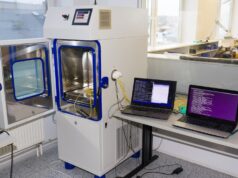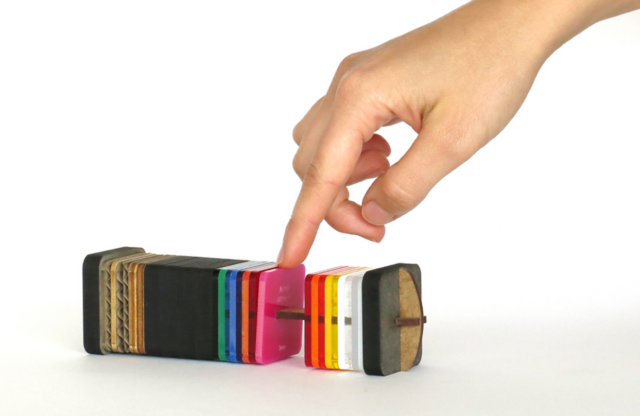
Laser engraving is a popular technique for creating high-quality, detailed designs on a variety of materials. It involves using a laser to remove material from the surface of an object, creating a permanent mark that is both precise and durable. This technology is commonly used in industries such as manufacturing, jewelry-making, and signage, as well as for personal projects like engraving gifts or creating artwork.
Understanding the Basics
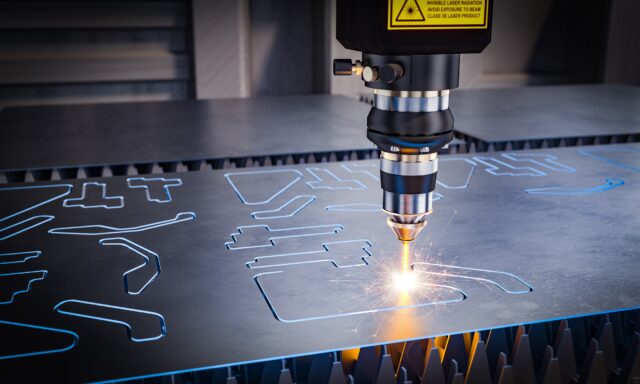
Before we dive into the best materials for laser engraving, it’s important to understand the basics of how different surfaces interact with technology. Essentially, those that are good for etching have a consistent and even surface that can be easily marked by the laser. Those with irregular surfaces, like rocks or rough wood, are more difficult to engrave and may produce less precise results. Additionally, certain materials may emit hazardous fumes or smoke when engraved, so it’s important to choose those that are safe to use with a laser.
Wood: A Timeless Material for Engraving
Wood is a classic material for laser engraving, thanks to its natural beauty and versatility. Different types of wood can be used to achieve different effects, from the smooth and even surface of birch plywood to the rustic texture of reclaimed barn wood. Laser etching on wood can produce stunning results, with the ability to create intricate designs or personalized messages that are etched into the wood’s surface.
Metal: A Durable and Attractive Material
Metal is a durable and attractive material that is commonly used for engraving. Different metals, such as aluminum, brass, and stainless steel, can be engraved with a laser, producing a variety of effects from subtle and elegant to bold and industrial. Engraving on metal is ideal for creating personalized gifts or awards, as well as for producing serial numbers or barcodes for manufacturing and inventory purposes.
Plastic: A Versatile Material
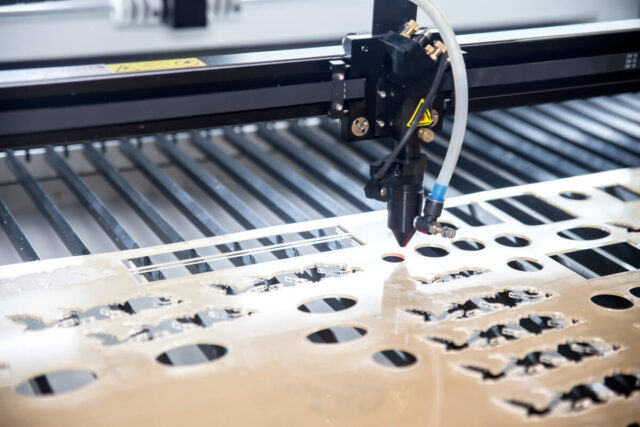
Plastic is quite versatile and can be easily engraved with a laser. There are many different types of plastic, each with its own unique properties and characteristics. Acrylic, for example, is a popular material for engraving due to its affordability and ability to produce a range of effects from frosted to clear. Other types of plastic, such as polycarbonate or ABS, are more durable and can be used for industrial or outdoor applications.
Glass: A Beautiful and Delicate Material
Glass is a beautiful and delicate material that can be engraved with a laser to create stunning designs and effects. Engraving on glass can produce a range of results, from subtle frosted images to bold, high-contrast designs. The process on glass can be challenging, as the material is prone to cracking or shattering if the laser’s power is set too high. However, with the right technique and equipment, etching on glass can produce truly breathtaking results.
Leather: A Classic
Leather is a classic material for laser engraving, with a timeless and elegant appeal that is perfect for personalizing gifts or adding a touch of sophistication to a variety of products. Laser engraving on leather can produce a range of effects, from subtle and understated to bold and striking. Different types of leather can be used to achieve different effects, from smooth and polished to rough and textured. It is commonly used for creating custom journals, wallets, and other leather goods.
Acrylic: A Popular and Affordable Material
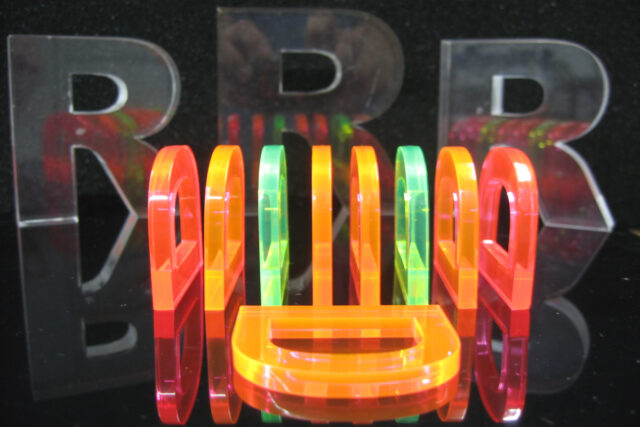
Acrylic is a popular material for laser engraving due to its affordability and versatility. It is a type of plastic that can be easily engraved with a laser to produce a range of effects, from clear and polished to frosted and matte. Acrylic is a popular choice for producing signs, awards, and other promotional materials due to its ability to be easily customized and its attractive appearance.
Stone: A Unique and Enduring Material
Stone is a unique and enduring material that can be engraved with a laser to create a variety of effects. Different types of stone, such as granite, marble, or slate, can be engraved with a laser to produce intricate designs or personalized messages. Engraving on stone is commonly used for producing plaques, awards, or memorials, as well as for creating unique home decor items.
Paper: A Surprisingly Good Material for Laser Engraving
Paper is a surprisingly versatile material for engraving, producing stunning effects like intricate cutouts, raised lettering, and delicate patterns. From thin and delicate tissue paper to thick and sturdy cardstock, different types of paper can be used to achieve various effects. Laser etching on paper is widely used in creating high-end printed materials, such as invitations and business cards, offering a unique and personalized touch to any occasion. Incorporating engraving on paper in your printing projects is an excellent way to add a touch of sophistication and uniqueness to your designs.
Fabric
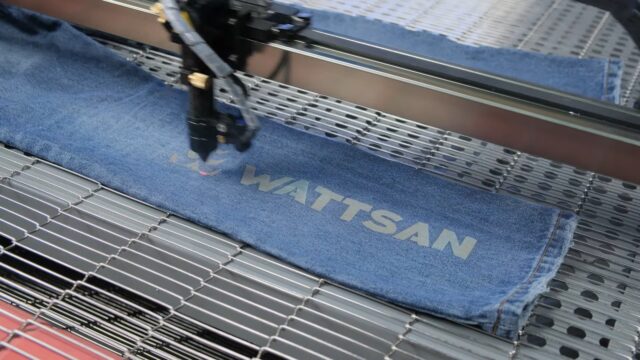
Fabric is a highly creative and adaptable material that can be engraved with a laser to produce distinctive and captivating designs. Laser engraving on fabric can produce an array of effects, including precise cutouts, intricate patterns, and customized messages.
Different types of fabric can be used to create different effects, ranging from delicate and translucent to robust and durable. Laser engraving on fabric is a popular technique for producing custom-made apparel, home décor products, and promotional items.
Tips and Techniques for Engraving Different Materials
Laser engraving different materials require different techniques and considerations. For example, etching on metal requires different power and speed settings than engraving on wood or plastic. Doing it on delicate materials like glass or paper requires a light touch and careful attention to detail. It’s important to experiment with different materials and settings to achieve the best possible results.
Conclusion
In closing, laser engraving is a great way to personalize items and add custom touches to any project. By understanding the different materials that can be engraved with lasers, you can make an informed decision on which material will best suit your needs. Whether you’re looking for something durable or something with a unique finish, there’s sure to be an option out there that will fit your project perfectly. Have fun exploring the many possibilities of laser engraving!





